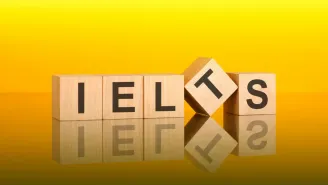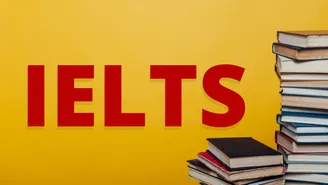Glass Capturing The Dance of Light Reading Passage
Glass Capturing The Dance of Light Reading Passage
Paragraph A:
Glass has noble favors for humans in one form and another. As one of the most broadly used of mass-produced substances, and assuredly the most adaptable, it can be as impressive as a telescope reflecting the breadth of a tennis court or as compact and easy as a marble spin beyond dust. The utilisation of this flexible substance has been enlarged badly by up to date technologies, glass fiber views- more than eight million miles– moving telephone and television signals beyond nations, glass crockery helping as the nose cones of rocket and coronet for teeth; small glass beads taking emission doses innermost of the body to particular organs, even a new kind of glass adapted of fundamental scrap in order to destroy of that undesired substance.
Paragraph B:
Visual computers are on the view. These could save plan and action details by means of illumination-surplus from small lasers-as a substitute electrons. And the pluses would move above glass fibers, not copper wire. These tools could be used hundreds of times quicker than today’s electronic computers and grip enormously more details. Today thread views are used to acquire an understandable picture of minor things than at any time before- though bacterial germs. An up to date age group of view objects appears that can give complete imaging of the internal function of cells. It is the gush in fiber view use and in fluid lucid exhibits that has set the U.S. glass firm (a 16 billion dollar profession hire some 150,000 employees) to structure new plants to touch requests.
Paragraph C:
But the glass has opened up its skyline in both technologies and commerce. The utilization of glass as skill, an oral history revolving back at the minimum to Roman periods, is also flourishing. Almost all over it looks, men and women are puff glass and generate tasks of skill. << I didn't vend a bit of glass up to 1975, >> Dale Chihuly has said that beam, for in the 18 years from the end of the parched spell, he has become one of the the bulk monetarily successful creators of the 20th century. At present he has a new task- a glass carve for the mission control building of a pizza firm- for which his payment is half a million dollars.
Paragraph D:
But the glass technology that connects our lives is not modernistic. Examine that simple light bulb; at the go round to the century the mass light bulbs were hand puff, and the fetch of one was similar to half a day’s reward for the median worker. As a result, the creation of the ribbon machine by corning in the 1920s set fire to a nation. The cost of a bulb dive. Small admiration that the tool has been called one of the big automatic attainments of all time. So far it is very effortless: a small ribbon of fluid glass moves over an in motion belt of steel in which there are holes. The glass sank between the holes and into a hold back shape. Puffs of flatten air then module the glass. In this way the wrapper of a light bulb is constructed by an isolated tool at the rate of 66,000 an hour as juxtaposed to 1,200 a day manufactured by a group of four glassblowers.
Paragraph E:
The glass’s adaptability secret lies in the depths anatomy, despite the fact it is stiff, and thus it is like a tight, the molecules are set out in an arbitrarily messy trend, a feature of a liquid. In the liquefy action, the atoms in the primal materials are given out from their actual position in the atomic structure; prior to that they can find their way tail end to clear positioning the glass cools. This floppiness in an atomic form gives the stuff what engineers call huge “formability” which permits artisans to convert glass to whatever they require.
Paragraph F:
Scientists of today are doing their experiments with new glass mixtures and building designers are testing their creativity with the appeal of particular types of glass. Mike Davies an London architect, sees even more considerable building using atomic chemistry. Also, he said “Glass is the biggest building substance of the time ahead, the <<energetic skin>>,’. “ Believe in glass that has been healed to behave to electric current that passes through it, glass that will swap from transparent to non-transparent at the shove of a button, that gives you an immediate screen. Think of how the big buildings in New York could carry out a coordination of color as the glass in them is made to alter color immediately.” Glass as on the spot curtains is obtainable now, but the cost is extreme. As for the glass swapping color immediately, that may occur correctly. Mike Davies’s sight may be sure on the way to accomplishment.
Glass Capturing The Dance of Light Reading Questions & Answers
Have you read the passage? Now, take the test and find Glass Capturing The Dance of Light Reading answers!
Try to answer these questions by yourself before you sneak a peek at the answers given below.
Good luck!






